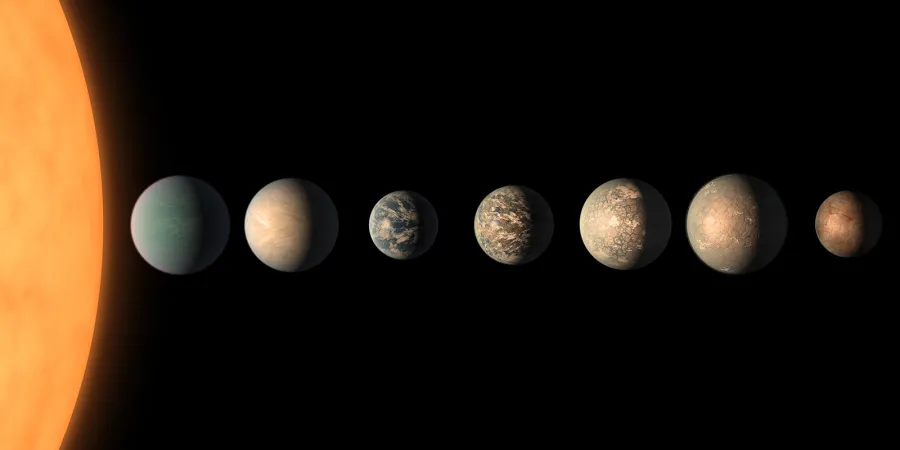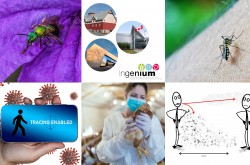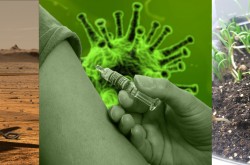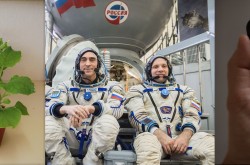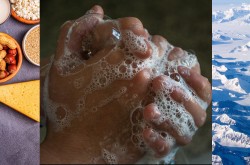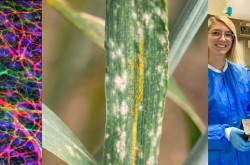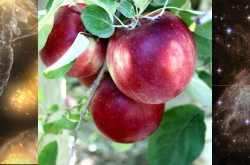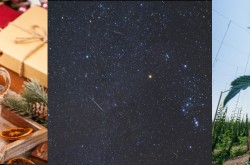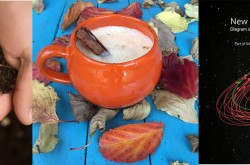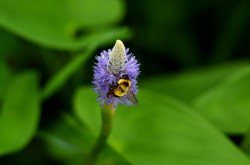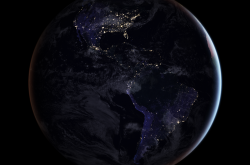TRAPPIST-1 and the Hunt for Earth 2.0
Transcript
Astronomers tell us there are hundreds of billions of exoplanets in the Milky Way. With so many planets orbiting other stars, the biggest question is: are any of them like Earth?
Well we don't know the answer to that question yet, but a promising place to start looking may be the TRAPPIST-1 planetary system. It’s a red-dwarf star with 7 planets orbiting. Back in early 2017, astronomers announced 3 of those 7 planets are Earth-sized and in the habitable zone of the star.
But it's not enough to be just be in the habitable zone. In the year since this discovery, researchers have been hard at work to find evidence of the key requirements that make a planet actually habitable: an atmosphere, a temperate climate, and liquid water.
Using combined data from NASA’s Spitzer and Kepler space? telescopes, scientists have obtained very high-precision measurements of the densities of the three planets. This is important because, if you know the average density of a planet, then you can make some guesses as to what the planet might be made of. The preliminary results indicate that for at least one of the three planets in the habitable zone, as much as 5% of its mass could be water in a liquid form on the surface (for comparison, Earth’s oceans make up 0.2% of its mass).
Astronomers also went looking for atmospheres using the Hubble Space Telescope. Now Hubble wasn’t designed to do this (in fact, Hubble was launched well before the first exoplanet was discovered), but Hubble was able to rule out the possibility of a large puffy atmosphere like Neptune/Uranus, and so if they do have atmospheres, they’d be compact like Venus, Earth or Mars.
With 3 rocky planets in the habitable zone, a high likelihood of liquid water, and a continuing search for an atmospheres,… TRAPPIST-1 remains one of the most interesting planetary systems we know of. This makes it likely to be one of the first targets for NASA’s James Webb Space Telescope, which has been specifically designed to study the atmospheres of exoplanets. But since JWST isn’t launching until 2019, we may not know how habitable the TRAPPIST-1 system is for a couple more years.



